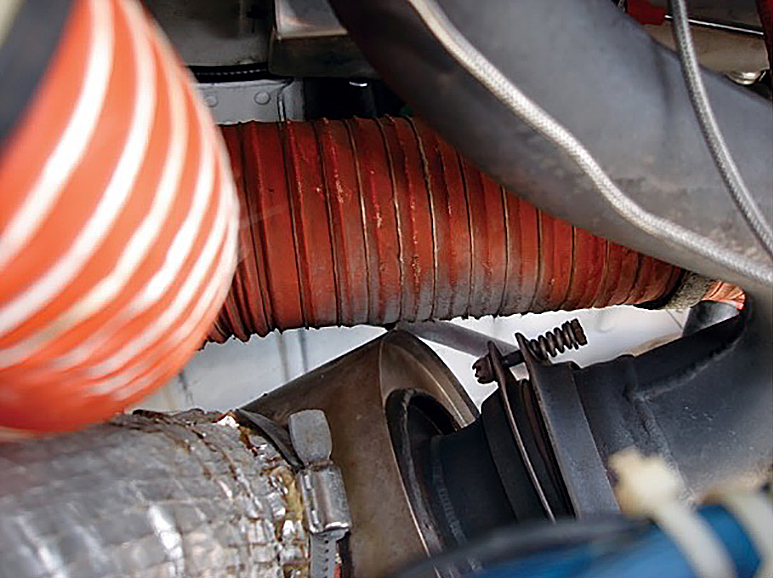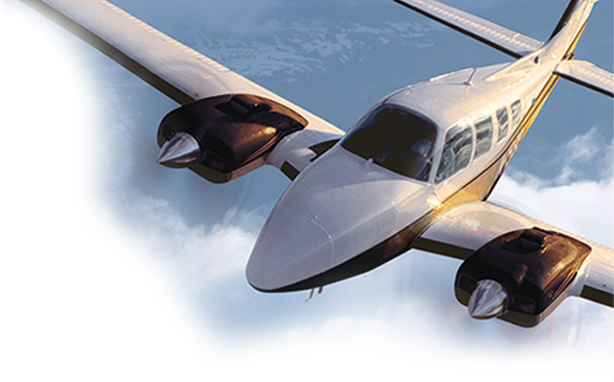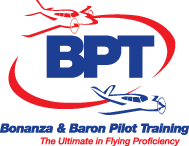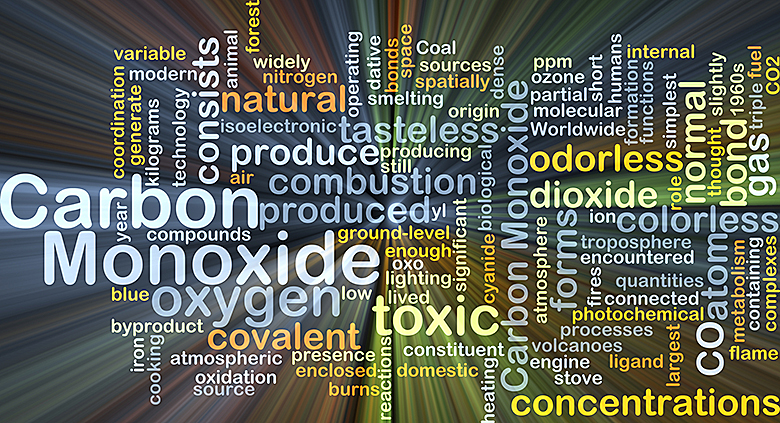Keeping the Cabin Warm and Safe
By Rebekah Waters
FAA Safety Briefing Magazine
In the early days of flying, pilots only had a few options for staying warm while flying in winter weather. Initially, flight suits were the only option. By WWII, the Air Force equipped its planes with a Type F-1A utility heater: a portable gasoline-powered unit used to heat many things including tents, hangars, and the cockpit. Today’s pilots stay warm and cozy in heated cabins, but this modern convenience also introduces a potential hazard: carbon monoxide (CO) poisoning.

Evidence of an exhaust leak can be seen on nearby components. (Photo by Adrian Eichhorn)
Any time fossil fuel is burned, carbon monoxide poisoning can occur. Breathing this odorless, colorless gas leads to headaches, dizziness, weakness, upset stomach, vomiting, chest pain, and confusion. Breathing a lot of CO could cause fainting or death. Even the least of these symptoms are extremely dangerous during flight. Each year, accident investigations reveal that CO is a probable cause in accidents that occur in cold weather. What can you do to lower this risk?
Many aircraft are heated by an exhaust shroud heating system. This system warms ambient air that is directed through and warmed by the shroud and then pushed back through a firewall and heater valve into the cabin. Inspecting this system is the most important thing you can do to prevent CO poisoning.
Any crack, no matter how small, has the potential to create a hazardous, even fatal, situation. Since there are limitations to what pilots can check during a preflight, it is imperative that mechanics break out a flashlight and make a thorough inspection. Check for things like corrosion and exhaust flange integrity. Inspect the entire heater system, including hardware attachments.
Even if a mechanic completes a thorough inspection of the heater system, pilots should still be vigilant for any signs or symptoms of CO poisoning. Sometimes called “the silent killer,” CO symptoms are often described as flu-like (minus the fever). In the article, “Clear the Air: The Deadly Effects of Carbon Monoxide,” AOPA warns that if pilots experience any symptoms of CO poisoning while using the cabin heater, they should immediately turn it off (bit.ly/3ES9R4U). Get fresh air into the cabin by opening the air vents and land as soon as possible. If systems persist after a suspected CO exposure, it’s important to get treatment from a medical professional.
In addition to regular inspections and constant vigilance for symptoms, a CO detector is another line of defense against the hazards posed by CO. There are many different types of CO detectors for aircraft. They range in price from a few thousand dollars for a sophisticated sensor with a screen that displays CO levels, to just a few dollars for a simple card with a dot that changes color when CO levels are too high. The FAA recommends that GA airplane owners and operators research the different options and install a CO detector that is right for them.
As you help pilots prepare to enjoy those heated cabins this winter, don’t forget that you are the first line of defense against the dangers of CO poisoning. During inspections, make sure you remove the cowling and thoroughly check the heating system. Remind pilots to pay attention to how they feel while flying with the heater on. Finally, suggest they install a CO detector if they don’t already have one, or consider upgrading to one that provides an aural warning. Winter flying means colder cabin temperatures, but before they crank up the heater, you can make sure it’s safe!
Learn More
- NTSB Safety Alert, Mechanics: Prevent Carbon Monoxide Poisoning (PDF download)
- NTSB Safety Alert, Pilots: Prevent Carbon Monoxide Poisoning (PDF download)
Rebekah Waters is an FAA Safety Briefing associate editor. She is a technical writer-editor in the FAA’s Flight Standards Service.
Reprinted with permission from FAA Safety Briefing. Visit the Flight Safety Briefing website: https://www.faa.gov/news/safety_briefing/.




